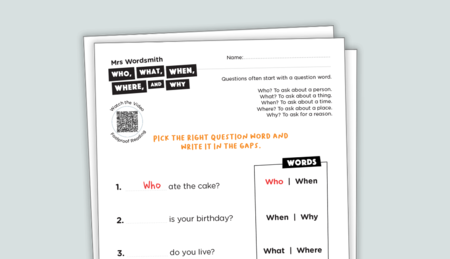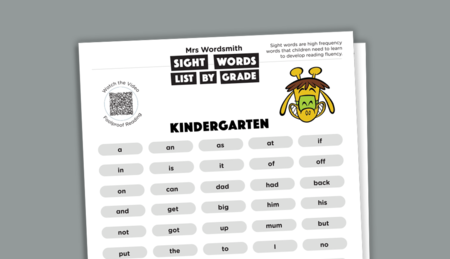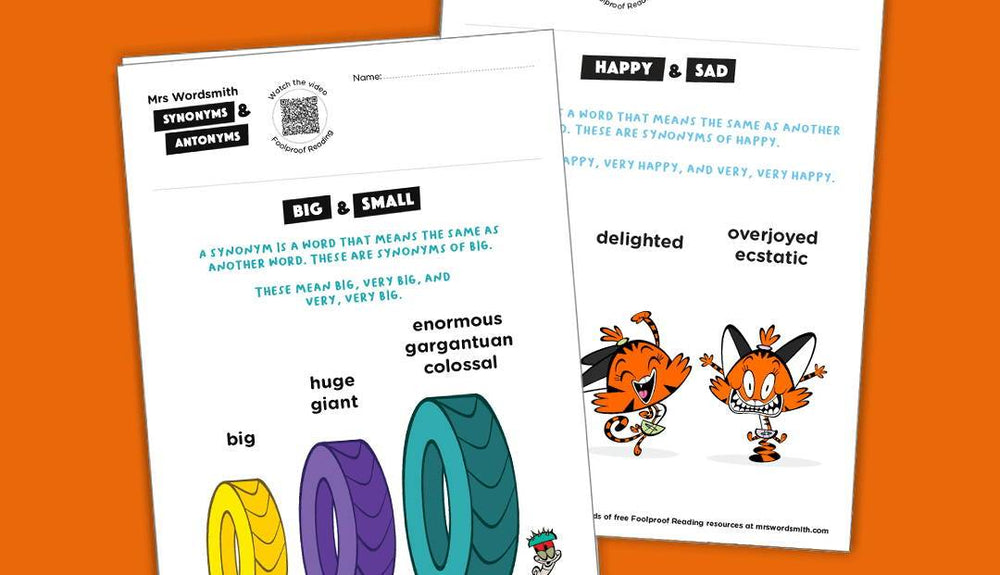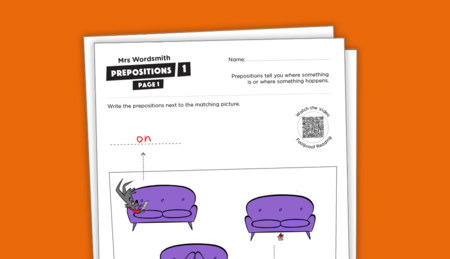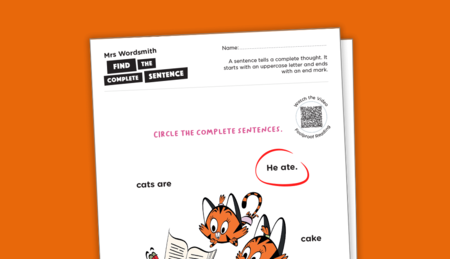In Phase Five (typically in First Grade or Year 1), children learn the range of different graphemes (spellings) used to represent key phonemes (sounds) – e.g. long vowel spellings and alternative graphemes for some consonant sounds. They also learn trigraphs like tch. Spelling also becomes integrated into instruction where children learn rules for various spelling patterns, such as the magic e, the e at the end of a word that makes the sound of the previous vowel longer, as in cake, kite, bone . Most children master these in reading first, and it can take longer to apply them correctly in spelling.
Children should become quicker at blending and start to do it silently and automatically. They will start to choose the correct graphemes when they spell, and will learn more complex sight words, including people, water, and friend.
Phase Five generally takes children the whole of First Grade or Year 1. By the end of the school year, children should be able to:
- Say the sound for all graphemes
- Write the common graphemes for any given sound (e.g. e, ee, ie, ea)
- Use their phonics knowledge to read and spell unfamiliar words of up to three syllables
- Read and spell 100 high frequency words
In the UK, by the end of Year One all children are given a Phonics Screening Check to ensure they have mastered the appropriate knowledge. It should be noted that some children will not master all of these skills and may need an additional year of practice in order to fully master the complete phonics sequence. In the US, phonics is assessed by most districts, but the screening varies by state.
Phonics instruction phase five: GPC grapheme phoneme correspondence
Amelia Mehra
Mon, Jun 12, 23
2 minutes read
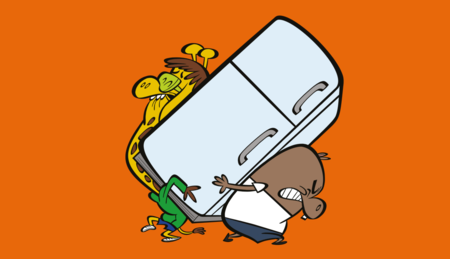
Deep Dive
Read our report on the Science of Reading. Research-based reading instruction must incorporate the 5 pillars of reading: phonemic awareness, phonics, fluency, vocabulary, and comprehension. This report provides an easy to understand overview of each of these pillars and explains the important connection between how the brain learns to read (the Neuroscience of Reading) and how we teach children to read (The Science of Reading Instruction). It also explains why helping children build connections between letters and sounds, through phonics and phonemic awareness, is so crucial for the developing reading mind. This report is perfect for sharing with colleagues and friends!CCSS ELA Literacy K-2,Foolproof Phonics App,ELA K-2,ELA Kindergarten,ELA 1st Grade,ELA 2nd Grade,
Explore more on
Related Free Resources

Vowel sounds chart
Amelia Mehra
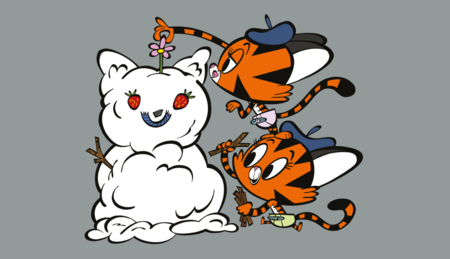
Phonics instruction phase three: more phonics
Amelia Mehra

Phonics instruction phase two: phonics
Amelia Mehra
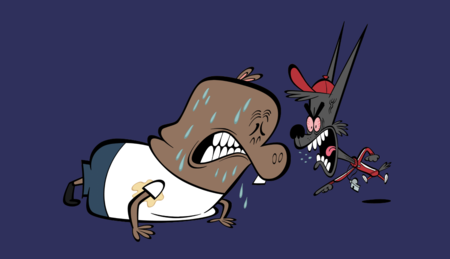
What is phonemic awareness?
Amelia Mehra

What is a phoneme?
Amelia Mehra
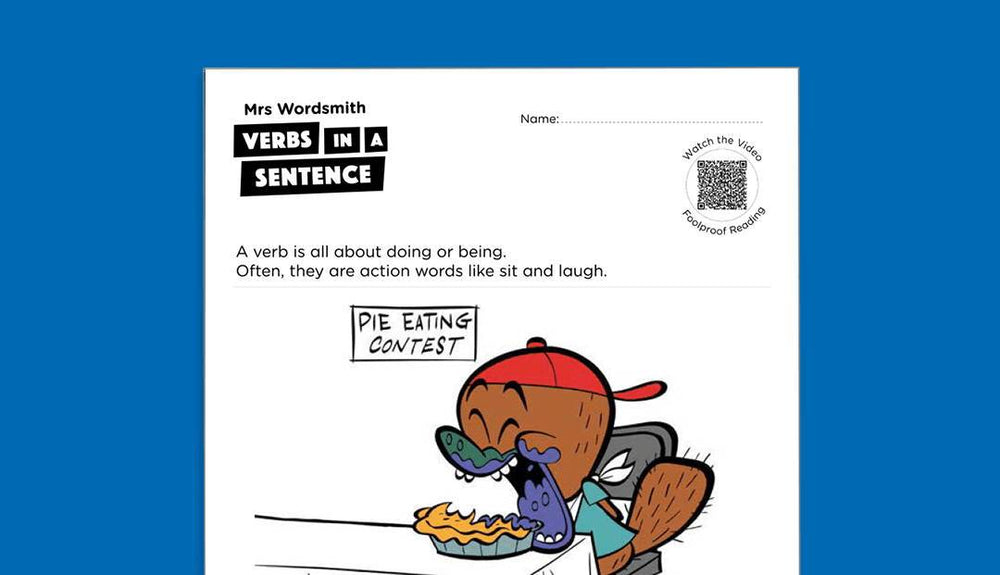
Verbs in a sentence
Amelia Mehra
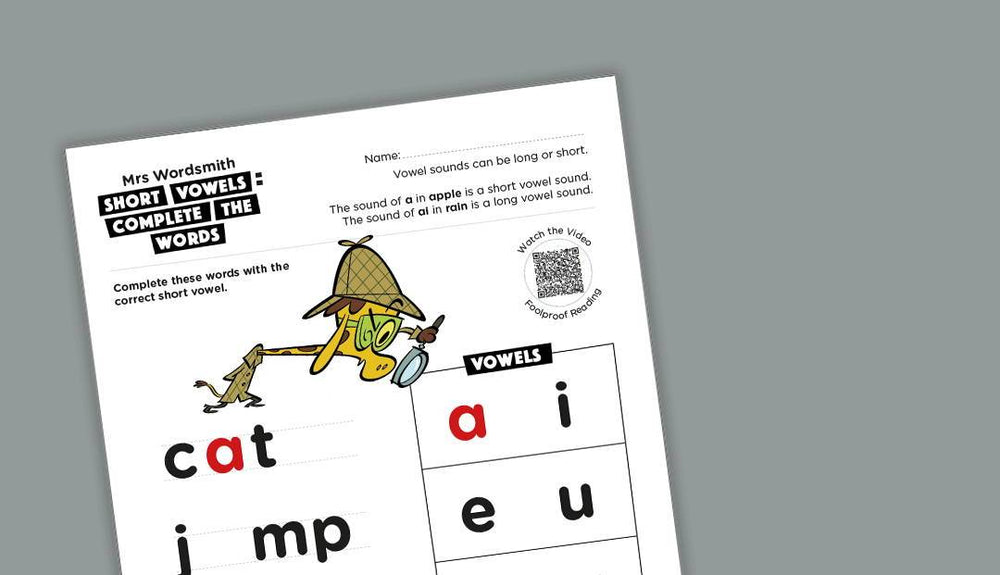
Short vowels: complete the words
Amelia Mehra
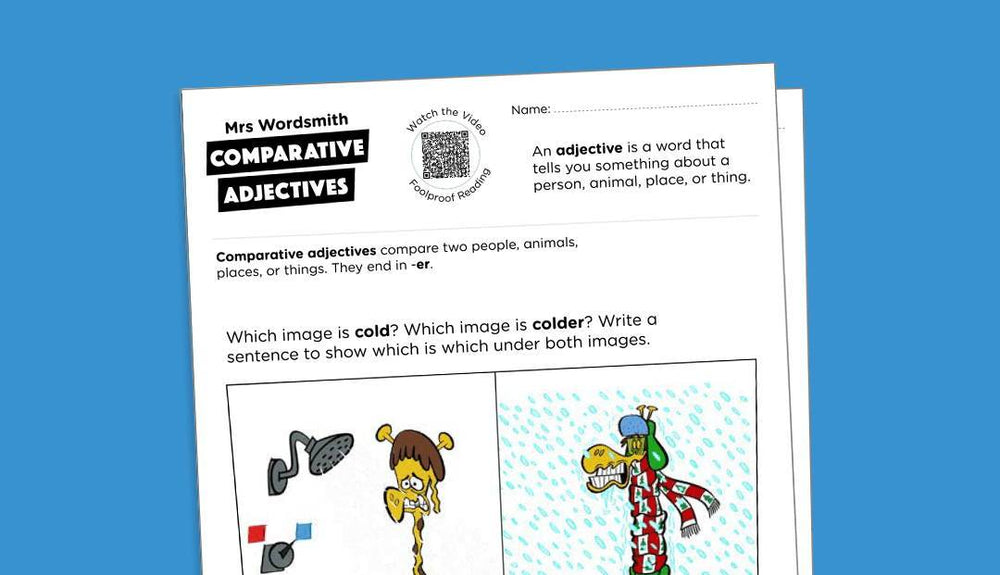
Comparative adjectives
Amelia Mehra
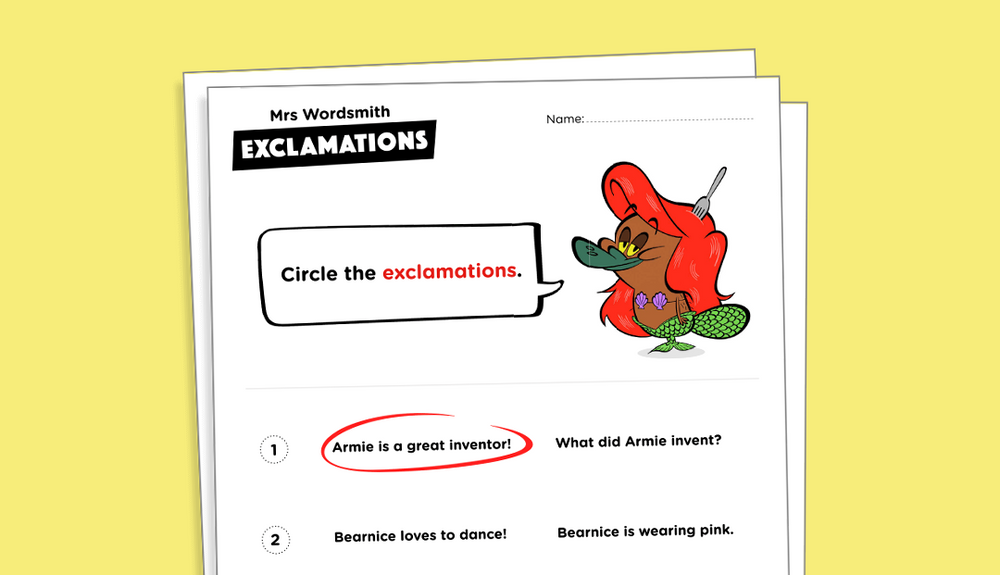
What is an exclamation?
Amelia
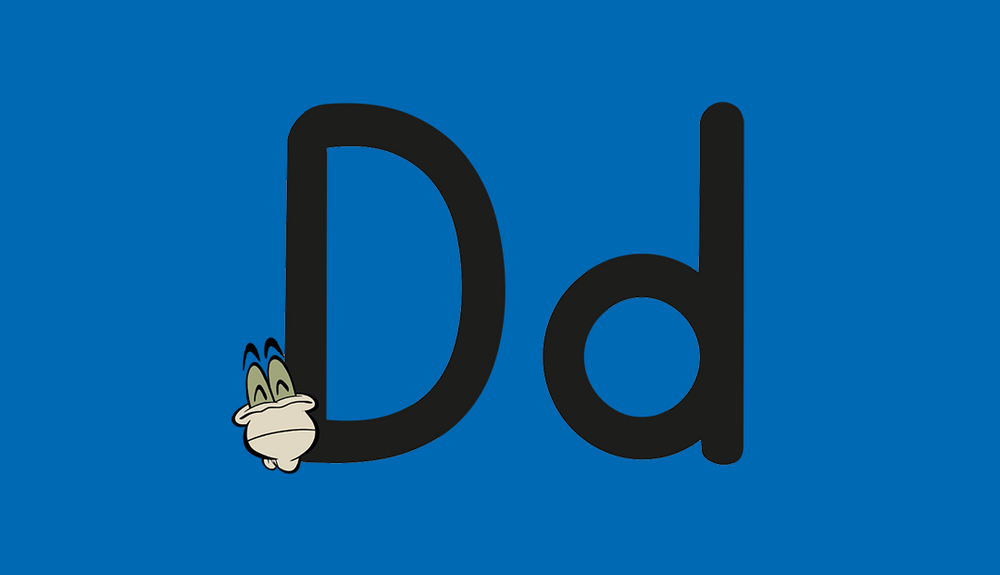
The letter D
Amelia
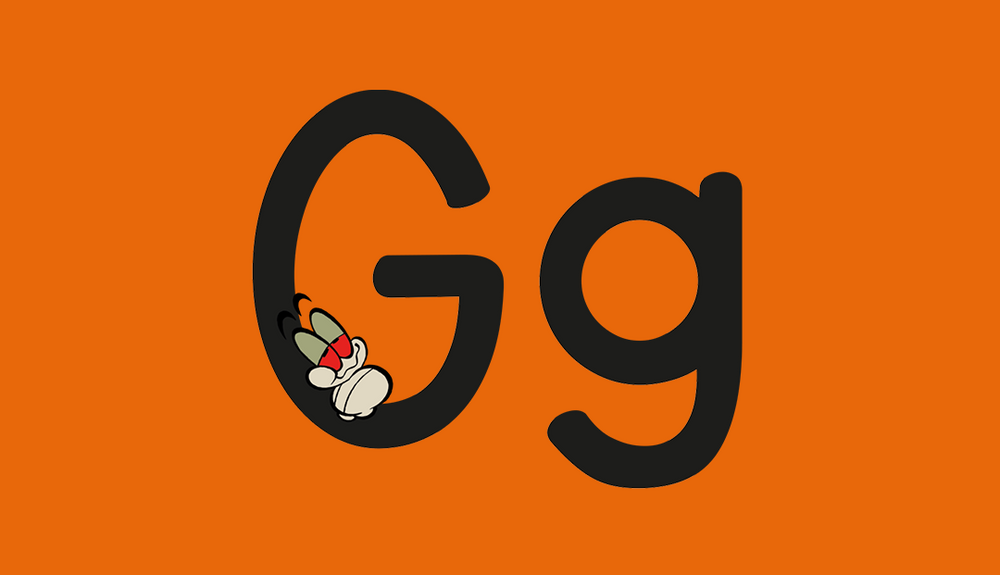
The letter G
Amelia
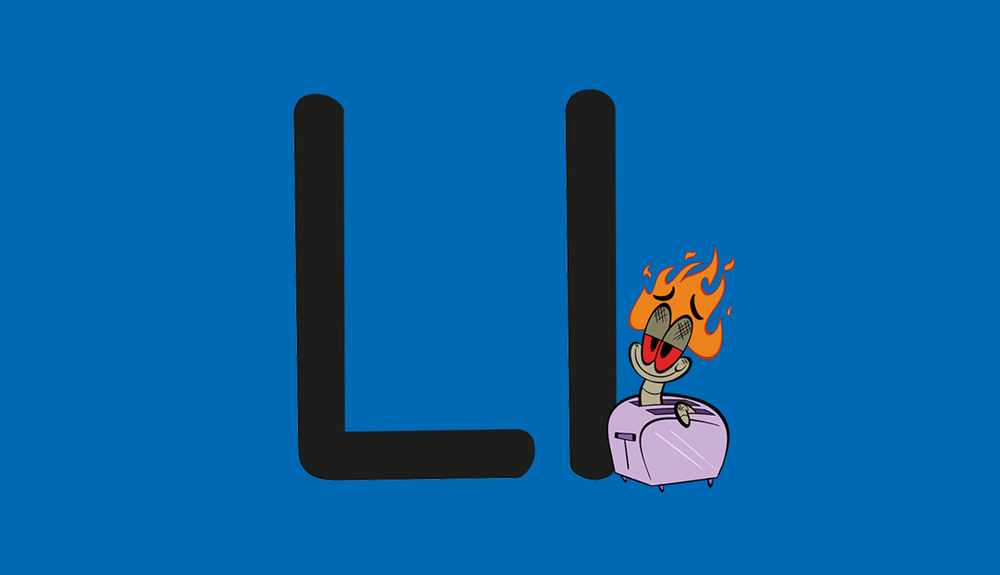
The letter L
Amelia
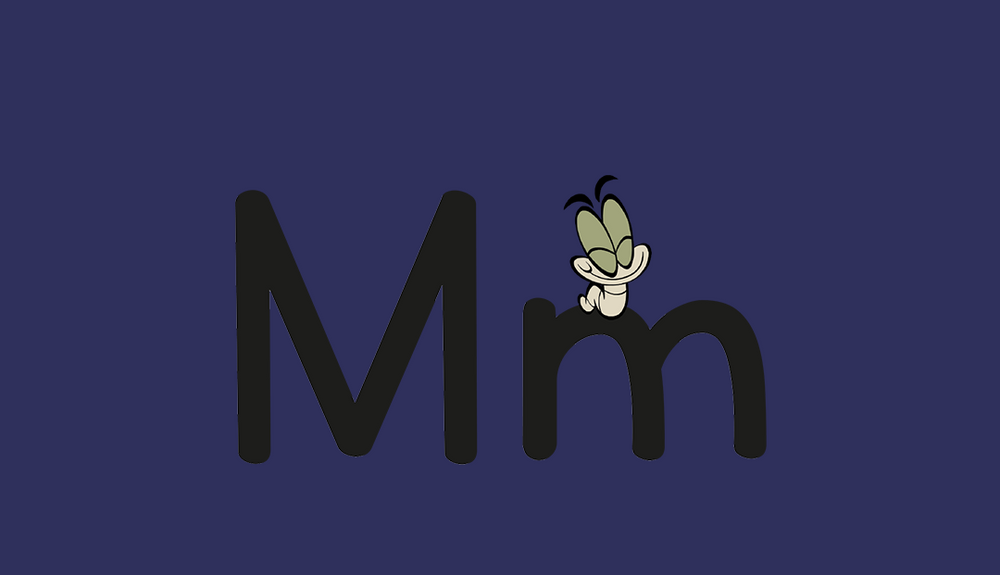
The letter M
Amelia
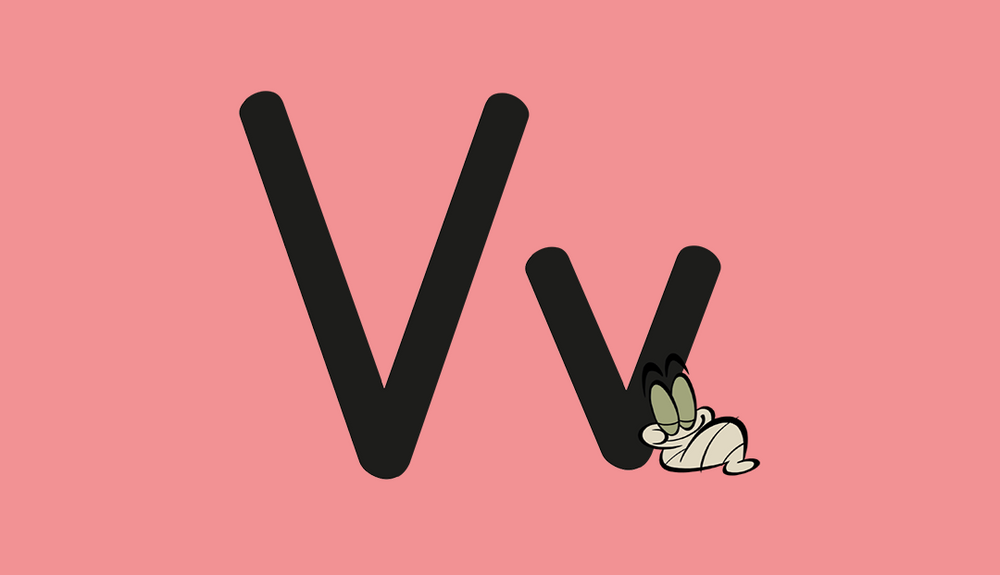
The letter V
Amelia
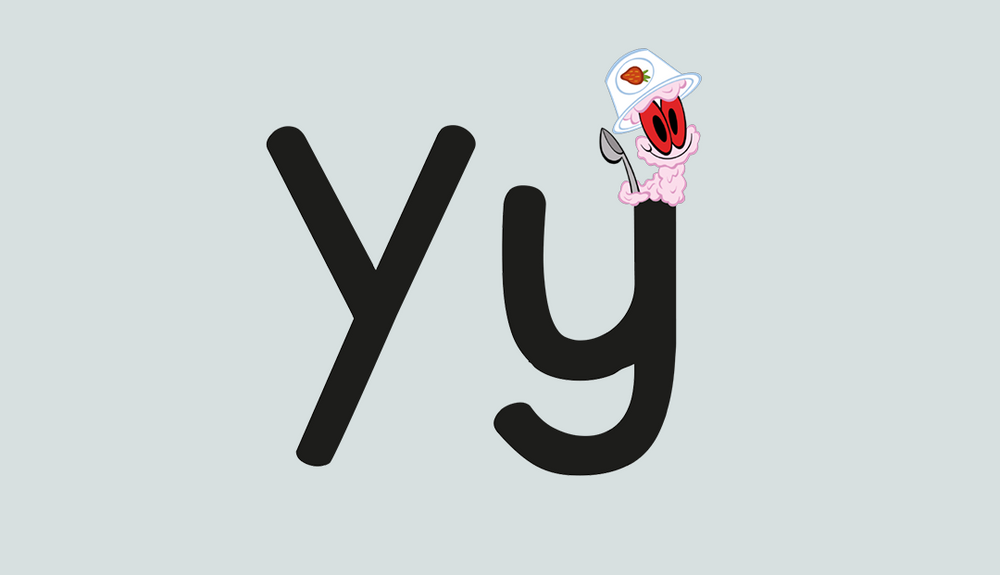
The letter Y
Amelia
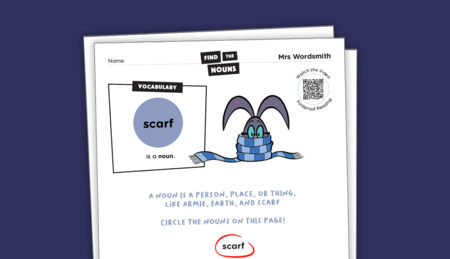
What is a noun?
Amelia
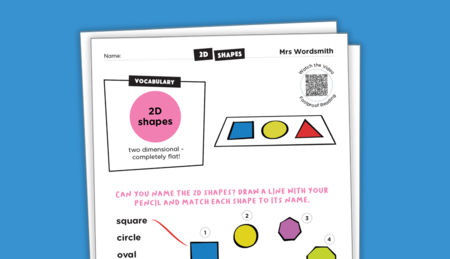
2D shapes
Amelia
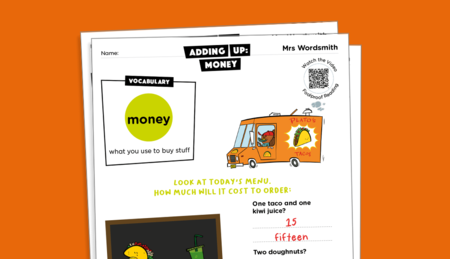
Adding up: money
Amelia
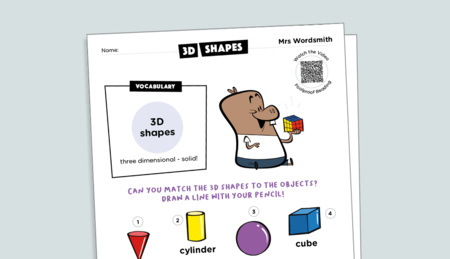
3D shapes
Amelia
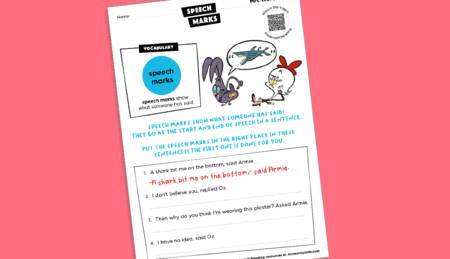
Speech marks
Amelia
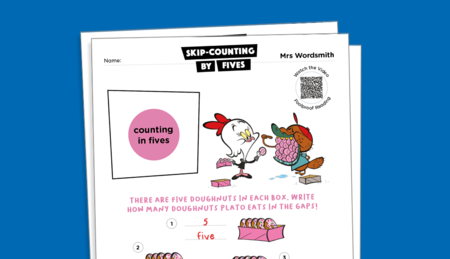
Skip-counting by fives
Amelia
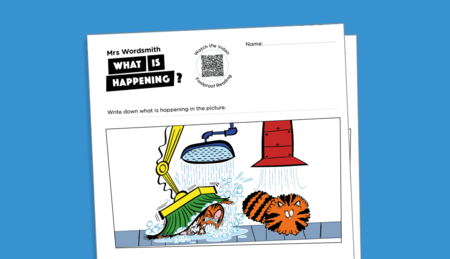
The main idea: part 2
Amelia
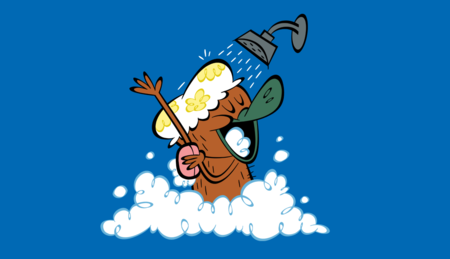
What’s the difference between learning the alph...
Amelia Mehra
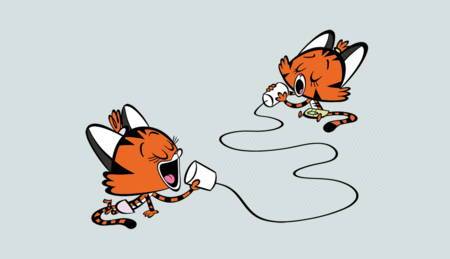
Teaching phonemes
Amelia Mehra
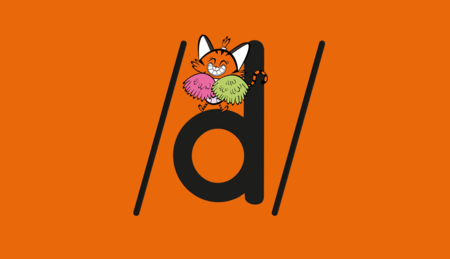
The phoneme /d/
Amelia Mehra
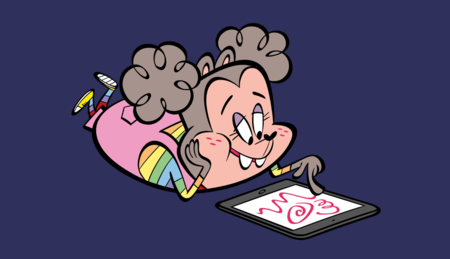
When and how do children learn phonics at school?
Amelia Mehra
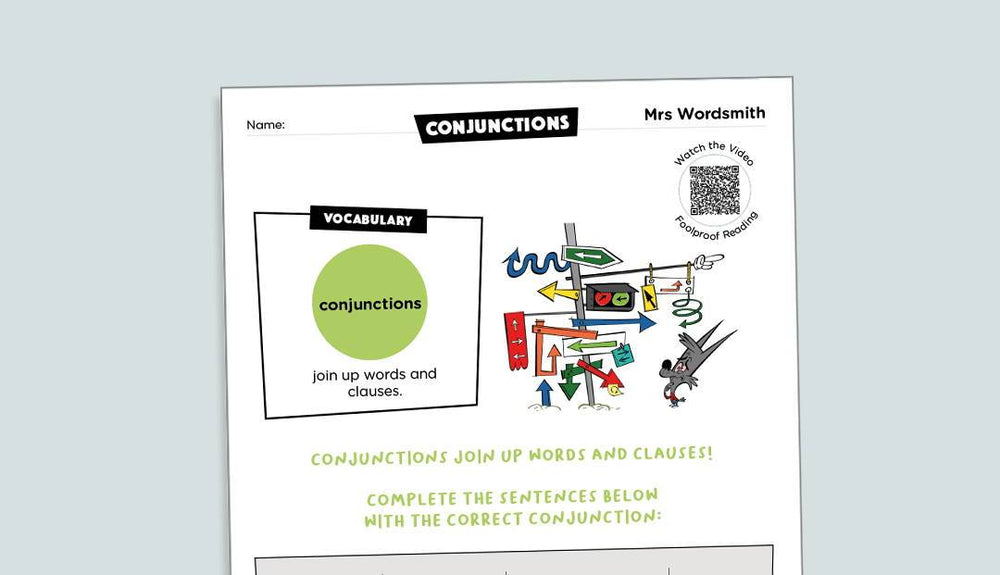
Conjunctions
Amelia Mehra
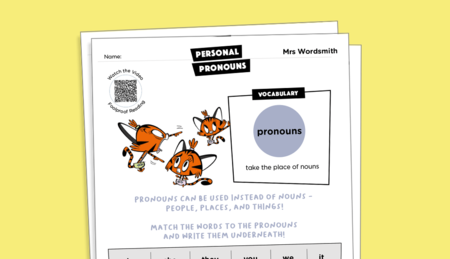
Personal pronouns
Amelia
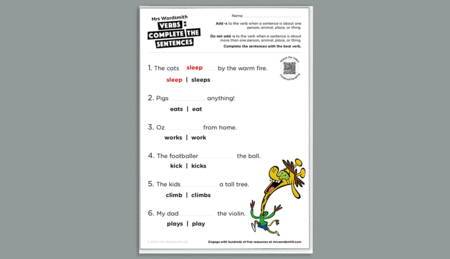
Verbs: complete the sentence
Amelia
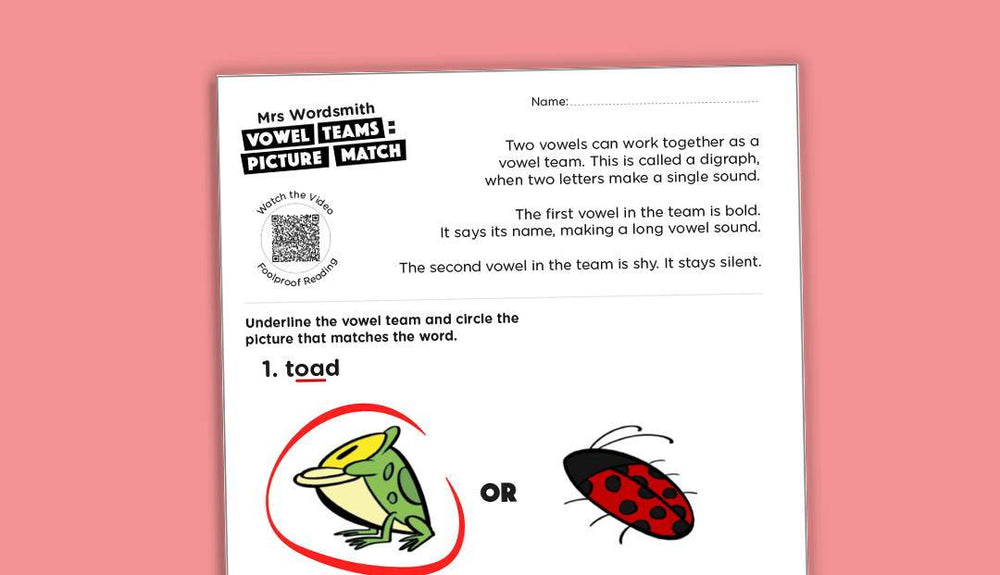
Vowel teams: picture match
Amelia Mehra
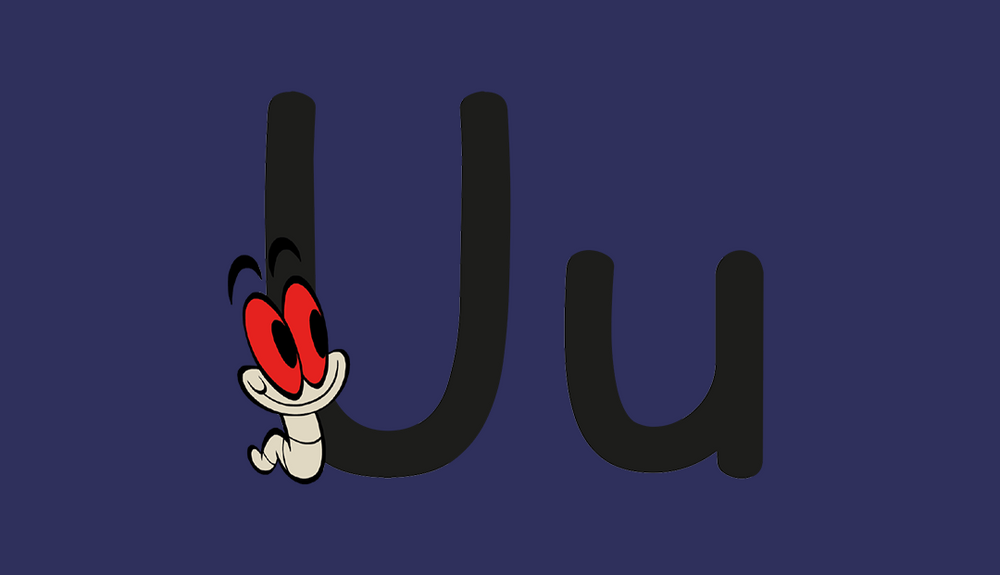
The letter U
Amelia
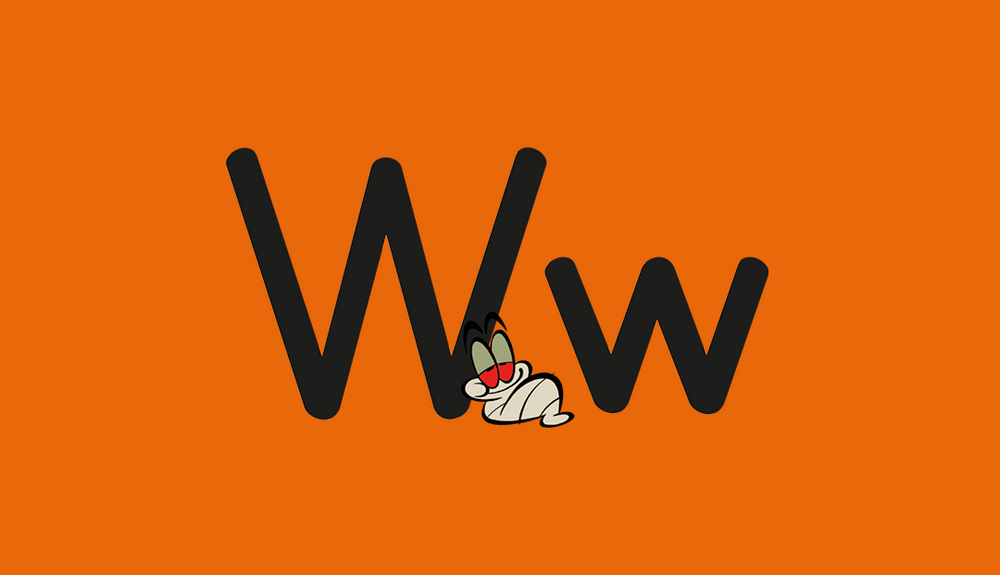
The letter W
Amelia
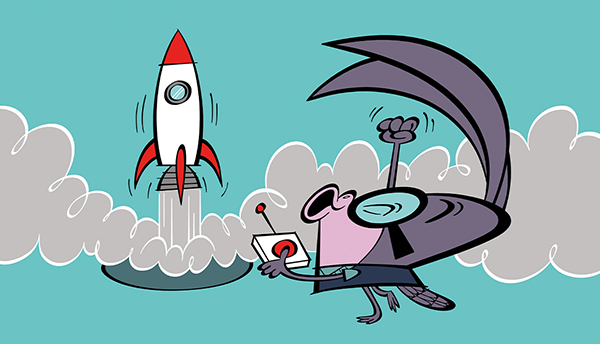
Lesson plan: short vowels
Amelia Mehra

Lesson plan: self and creativity
Amelia Mehra
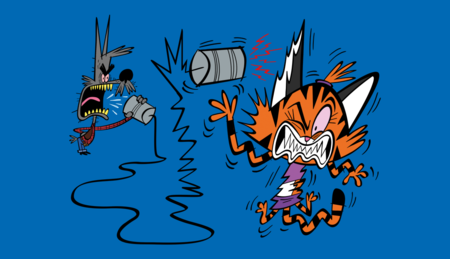
What is phonics?
Amelia Mehra
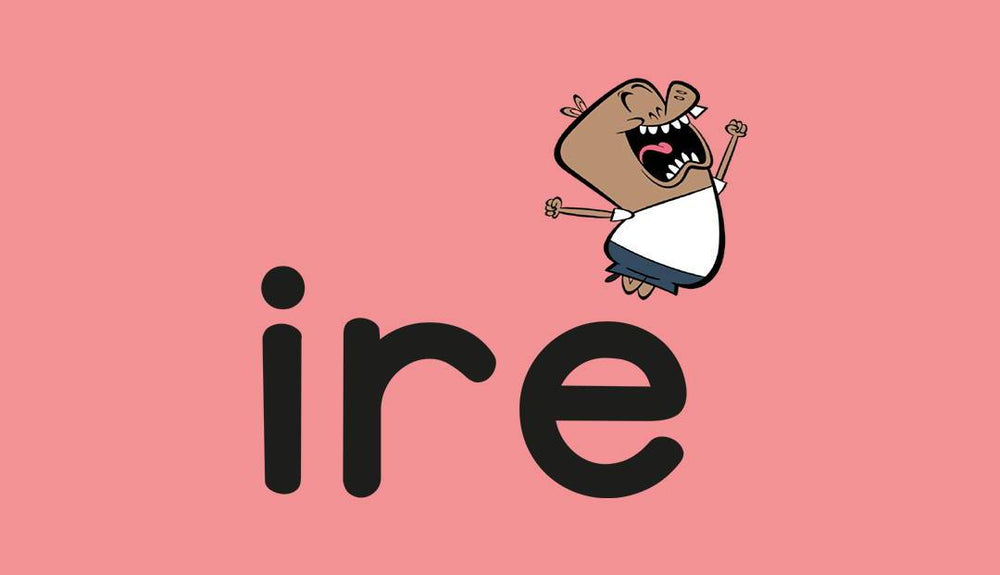
The grapheme ire
Amelia Mehra
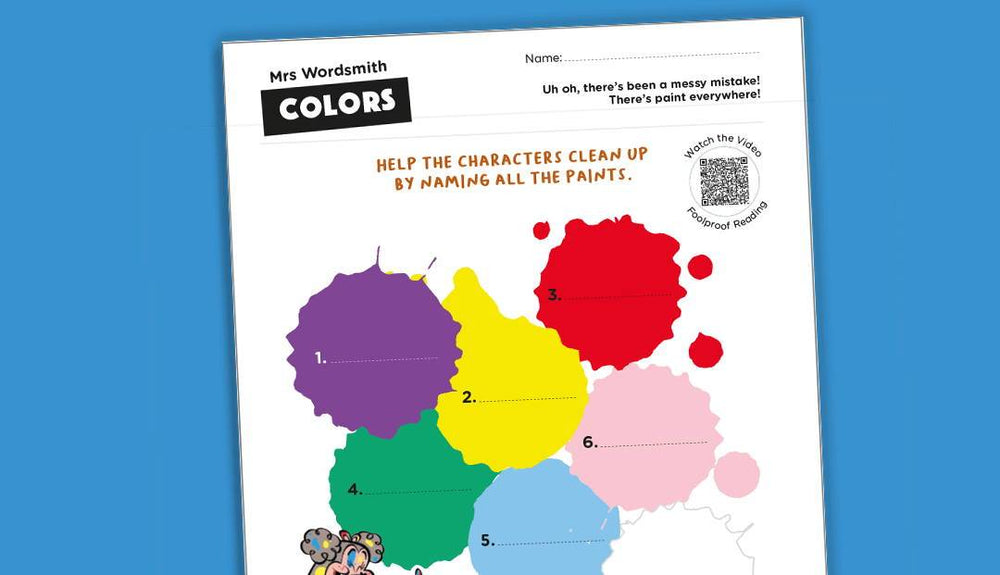
Color words
Amelia Mehra
X


